Tattoo designs are an essential element of personal expression and artistry. They often reflect individual stories, cultural backgrounds, or personal beliefs. From intricate patterns to minimalist symbols, the vast range of tattoo designs provides endless inspiration for anyone considering body art.
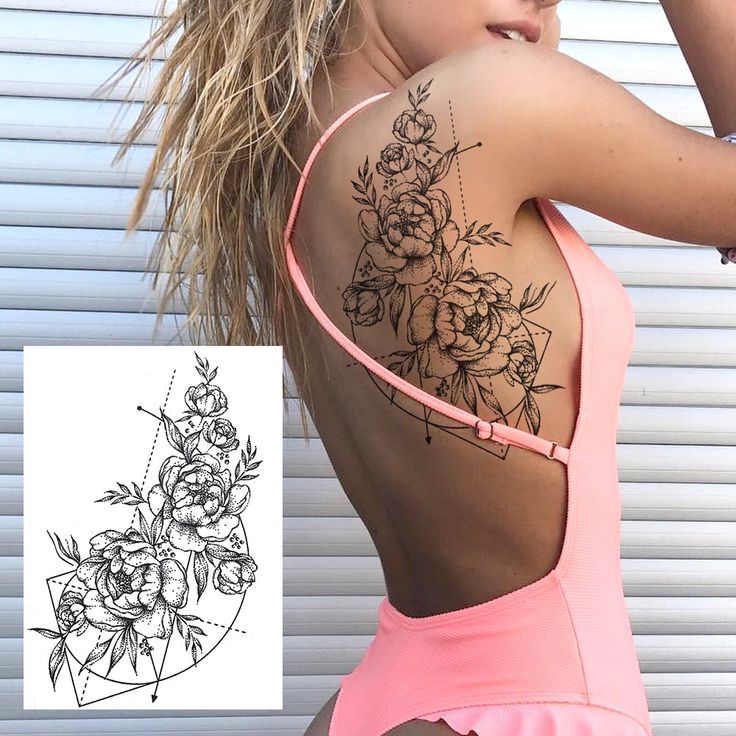
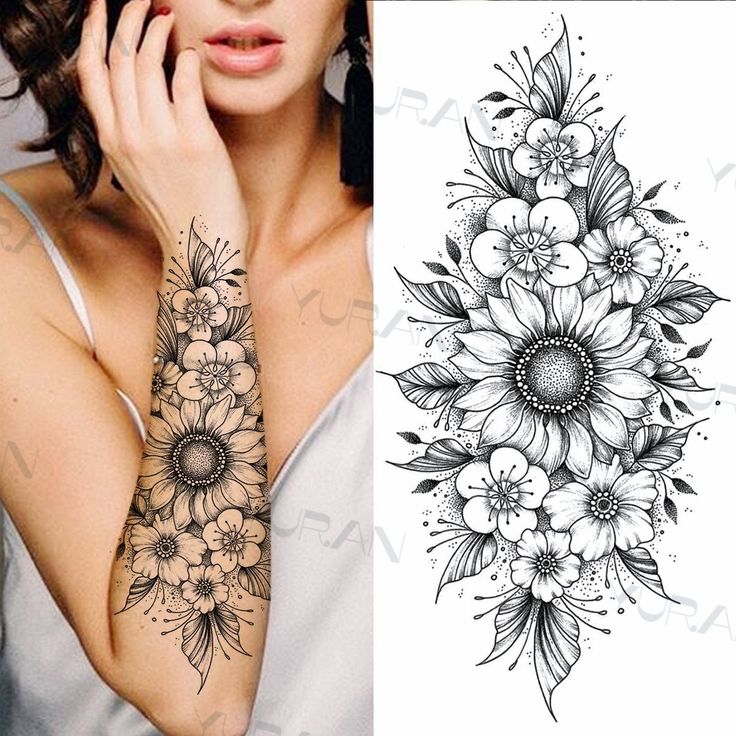
Many artists specialize in different styles, allowing for a diverse selection of tattoos to choose from. Whether someone prefers bold, colorful designs or subtle, monochrome ink, the artistry behind tattooing showcases creativity and skill. Exploring various designs can lead to discovering unique options that resonate deeply with personal identity.
Understanding the significance of different tattoo designs can enhance appreciation for the art form itself. Each design carries its own meaning, often drawing from historical and cultural influences. By learning about these elements, individuals can make more informed decisions when selecting their next tattoo.
History and Evolution of Tattooing
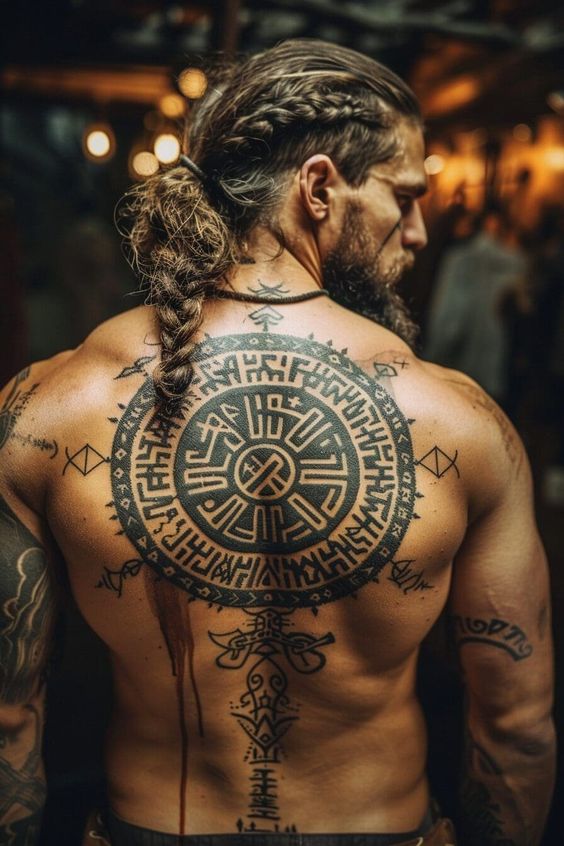
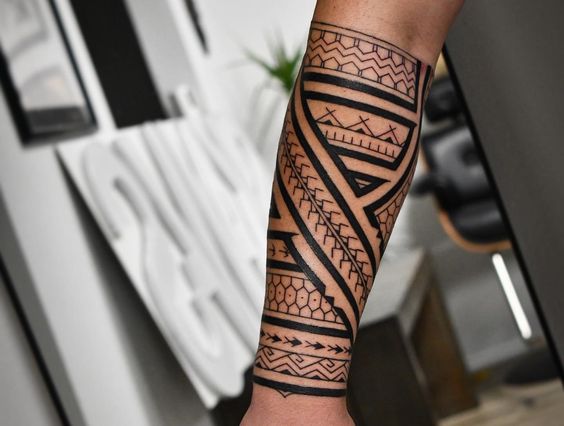
Tattooing has a rich history that spans thousands of years. From its ancient roots to contemporary styles, tattooing reflects cultural significance worldwide and has evolved through various artistic practices.
Ancient Traditions to Modern Practice
Tattooing dates back to ancient civilizations, with evidence found in Egypt, Polynesia, and the Americas. Tools and methods varied significantly across cultures. For instance, the ancient Egyptians used sharpened reeds and ink made from soot and water.
In Japan, tattooing evolved into a sophisticated art form, particularly during the Edo period. The intricate designs often told stories and represented personal beliefs. Today’s modern practices incorporate diverse styles, including tribal, watercolor, and photorealism.
Technology has also transformed tattooing, introducing machines that increase precision. This evolution has made tattoos more accessible and popular across demographics.
Cultural Significance Across the Globe
Tattoos serve various symbolic functions in different cultures. In some Indigenous tribes, tattoos signify status, achievements, or rites of passage. For instance, the Māori of New Zealand use intricate designs called ta moko, representing tribal heritage and personal stories.
In Japan, ornamental tattoos known as irezumi often depict themes from folklore, nature, and religion. These tattoos carry deep symbolism and cultural significance. In contrast, Western cultures have embraced tattoos for self-expression and artistic freedom.
As tattooing continues to evolve, it retains meaning across generations, facilitating personal narratives and cultural connections. The global interplay of styles and techniques fosters a diverse tattooing community, reflecting a blend of traditions and innovations.
Understanding Tattoo Styles

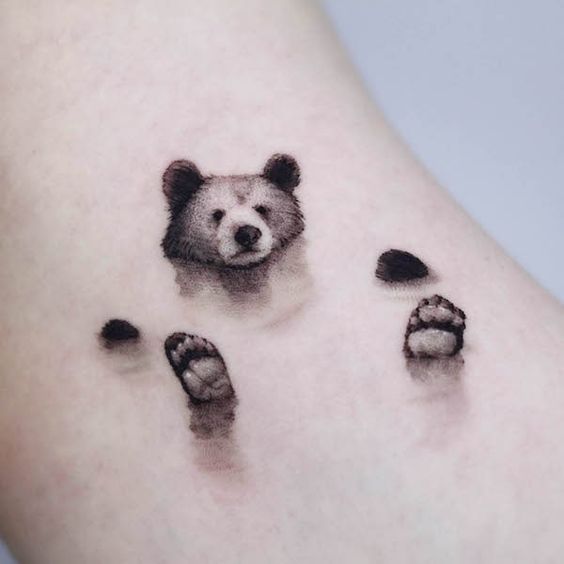
Tattoo styles vary widely, reflecting different cultural influences, artistic techniques, and personal expressions. Each style carries unique characteristics that appeal to different tastes and meanings for the wearer.
Traditional and Neo-Traditional Tattoos
Traditional tattoos, also known as American traditional tattoos, feature bold black outlines and a limited color palette, often including red, green, and yellow. Common motifs include skulls, roses, and anchors. These designs are meant to be easily recognizable and memorable.
Neo-traditional tattoos build on this foundation by incorporating more intricate details and a broader range of colors. The use of layered shading and dimensional effects creates a modern spin while maintaining the classic elements. This style often features more fluid and dynamic compositions.
Realism and Portrait Tattoos
Realism tattoos aim to capture lifelike representations of subjects, including people, animals, and objects. Artists use advanced shading techniques and color blending to create depth and dimension. This style requires a high level of skill, as precision is crucial to achieve realistic outcomes.
Portrait tattoos, a subset of realism, focus specifically on depictions of individuals. These can range from simple likenesses to detailed portraits that capture expressions and emotions. Successful portrait tattoos communicate the essence of the subject, often making them deeply personal for the wearer.
Tribal and Blackwork Tattoos
Tribal tattoos originate from indigenous cultures around the world, often reflecting heritage, spirituality, and identity. They typically use bold black lines and geometric patterns to create symbolic designs. Each element may hold specific cultural meanings that vary by region.
Blackwork tattoos, while similar in color palette to tribal tattoos, often incorporate intricate designs and abstract patterns. This style emphasizes contrast and depth using solid black ink. It has gained popularity in contemporary tattoo culture for its striking aesthetic.
Watercolor Tattoos
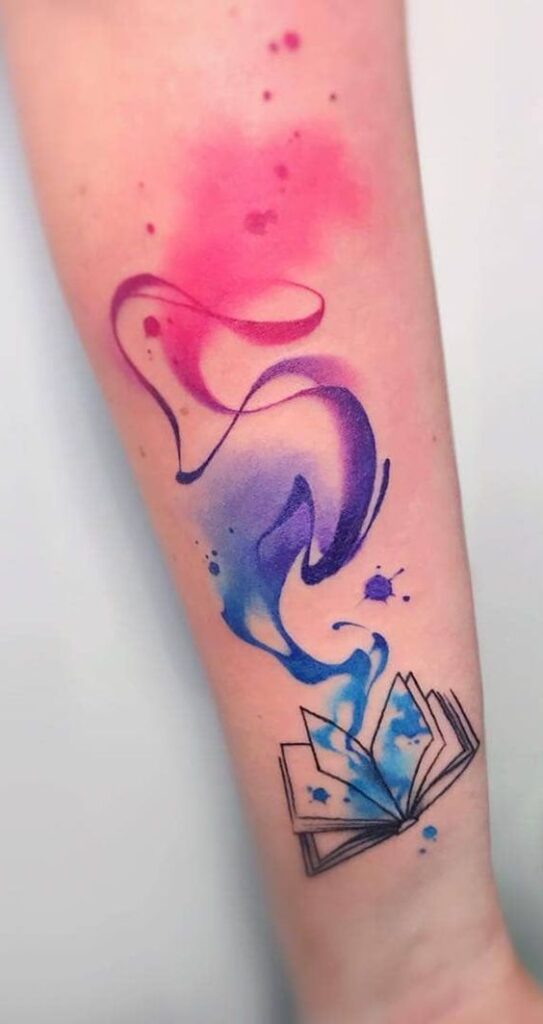
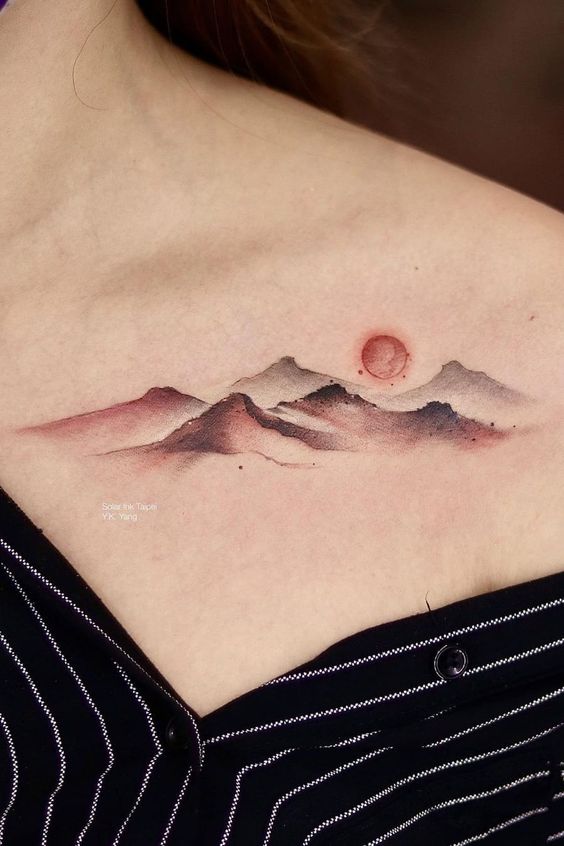
Watercolor tattoos take inspiration from the fluidity of watercolor painting, characterized by vibrant colors and soft edges. These tattoos often appear as if the ink has bled or merged into one another, creating a unique, artistic effect. This style often lacks the traditional outlines seen in other types, allowing for a more free-form expression.
Artists employ various techniques to achieve the watercolor effect, including splash techniques and gradient shading. This style appeals to those seeking something whimsical and less conventional. The ephemeral quality of watercolor tattoos can symbolize transient emotions or experiences.
Minimalist and Geometric Tattoos
Minimalist tattoos focus on simplicity and subtlety, often featuring clean lines and limited design elements. This style removes any excess, distilling the concept down to its essentials. Minimalist tattoos are ideal for those who prefer understated elegance.
Geometric tattoos use shapes and patterns to create compositions that can be either abstract or representational. Typically characterized by precision, this style often incorporates symmetry and repetition. For many, geometric tattoos symbolize structure, balance, and harmony.
Elements and Symbolism in Tattoo Designs
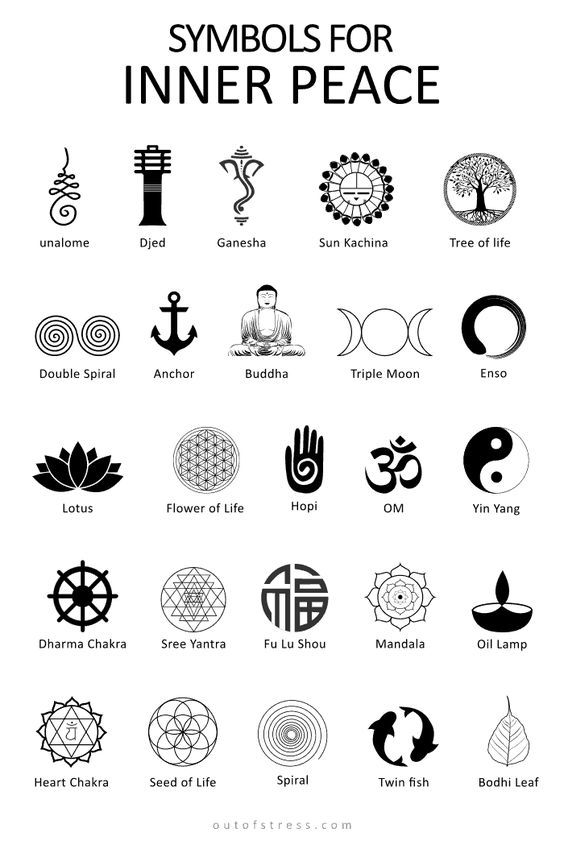
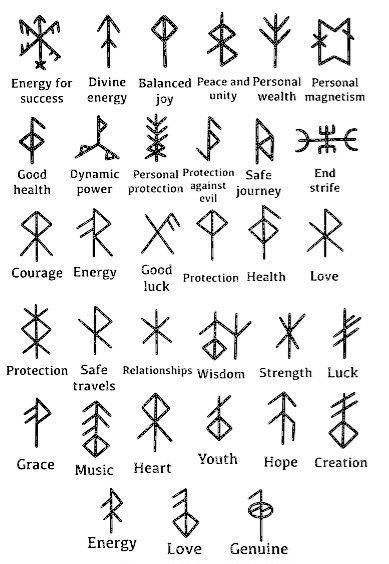
Tattoo designs often incorporate specific elements that carry deep meanings and symbolism. Understanding these elements can provide insights into personal expressions and cultural significance behind various tattoos.
Animals and Mythical Creatures
Animal tattoos frequently represent qualities associated with the specific creatures. For instance, a lion tattoo symbolizes courage and strength, making it a favored choice for those seeking to express bravery. Wolf tattoos often convey loyalty and family ties, representing the importance of community.
Mythical creatures also hold significant symbolism. A dragon tattoo can represent power, protection, or wisdom, varying by cultural context. Similarly, angel tattoos often symbolize guidance and divine protection, appealing to those who seek comfort in spiritual beliefs.
Natural Elements and Flora
Natural elements and flora are prevalent in tattoo art, with flowers being one of the most popular choices. Different flowers carry distinct meanings, such as the rose, which symbolizes love and passion, while the lotus represents purity and rebirth.
Incorporating wings, whether from birds or butterflies, can symbolize freedom and transformation. Tattoos featuring trees often convey strength and stability, reflecting the deep roots of personal history or relationships. Other elements, like stars, suggest guidance and aspiration, providing a sense of hope and direction.
Objects and Abstract Concepts
Objects in tattoo designs often hold personal significance and can convey a variety of ideas. Compass tattoos, for example, symbolize direction and adventure, appealing to those with a love for travel and exploration.
Skulls may represent mortality and the transient nature of life, while hearts signify love and emotional connections. Abstract concepts like geometric shapes can symbolize balance or unity. By blending various elements, tattoos create a unique narrative for each individual, encapsulating personal beliefs or experiences through visual storytelling.
The Tattoo Process: From Concept to Creation
The tattoo process involves several important steps, from choosing a design and artist to the final aftercare. Each stage is essential for achieving a satisfactory outcome.
Choosing the Right Design and Artist
Selecting a tattoo design is a deeply personal decision. This design should resonate with the individual, reflecting their personal story, style, or belief. Popular design sources include online galleries, tattoo magazines, and peer recommendations.
Once a design is decided, the next step is to choose the right tattoo artist. Factors to consider include the artist’s portfolio, style, and client reviews. A well-matched artist enhances comfort and can bring the desired design to life more effectively.
Preparing for Your Tattoo Session
Preparation is key for a successful tattoo experience. The individual should avoid alcohol and blood thinners 24 hours before the session. Hydration also plays a crucial role; drinking plenty of water in the days leading up to the appointment ensures better skin condition.
Additionally, researching the studio’s hygiene standards is essential. A clean, professional environment minimizes complications and promotes safety. The individual should feel comfortable and informed about the process before sitting down.
The Tattooing Procedure
During the tattooing procedure, the artist begins with transferring the design onto the skin. This stencil serves as a guide throughout the process. After ensuring proper placement, the artist utilizes a tattoo machine to inject ink into the skin’s dermal layer.
Pain tolerance varies for each individual, and artists often work efficiently to minimize discomfort. Communication with the artist is vital at this stage, allowing for adjustments or breaks as needed. The length of the session depends on the design’s complexity and size.
Aftercare and Healing
Post-tattoo care is crucial for ensuring proper healing and the longevity of the design. The artist typically provides aftercare instructions, which may include keeping the area clean and moisturized.
Avoiding sun exposure and soaking in water during the initial healing phase is important. It usually takes about two weeks for the outer layer of skin to heal, though complete healing may take longer. Regularly monitoring for signs of infection ensures that any issues can be addressed promptly.
Placement and Sizing Choices
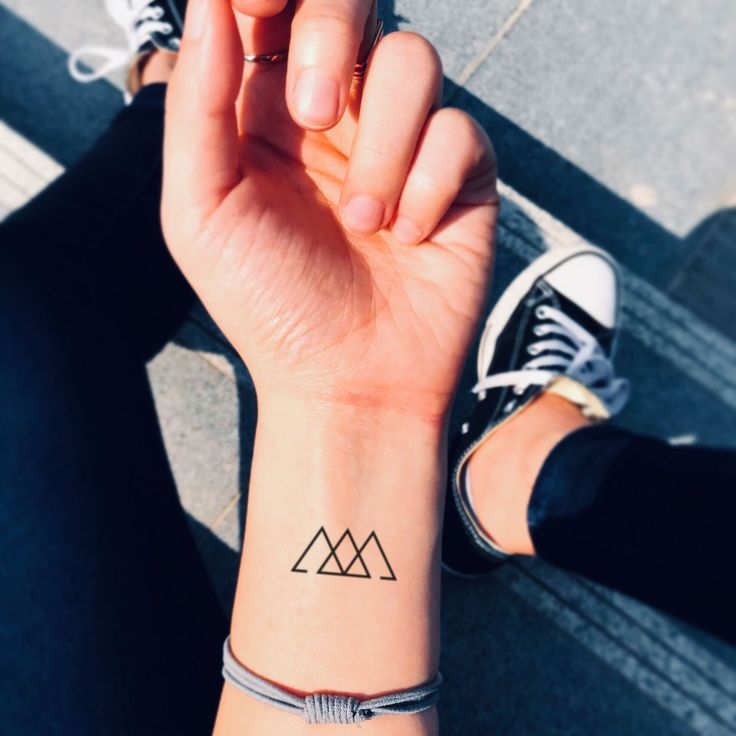
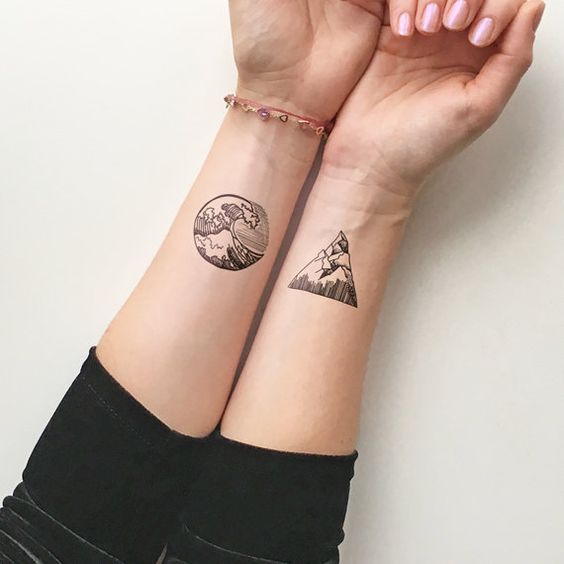
Choosing the right placement and size for a tattoo is essential. It impacts visibility, pain level, and the overall aesthetic of the design. Specific areas work better for certain designs, while size can dramatically alter the appearance.
Popular Tattoo Placements
Certain placements are more popular based on trends and individual preferences. Common areas include the wrist, arm, back, and thigh. Each location has unique characteristics.
- Wrist tattoos are subtle and easily concealed. They suit small designs like simple symbols or small flower tattoos.
- Sleeves cover a larger area, allowing a cohesive design with multiple elements. They are ideal for individuals wanting a statement piece that showcases intricate details.
- The back offers ample space, fitting larger designs like detailed scenes or ornate patterns.
Small Tattoos and Subtle Locations
Small tattoos have gained popularity for their discreet nature. Many individuals choose placements that allow for personal significance without overwhelming visibility.
- Common areas are the ankle, behind the ear, and the inner arm.
- Delicate designs such as tiny flowers or geometrical shapes work well here.
- These locations can be both meaningful and easily hidden, making them ideal for those who prefer subtlety.
Sleeves and Large-Scale Works
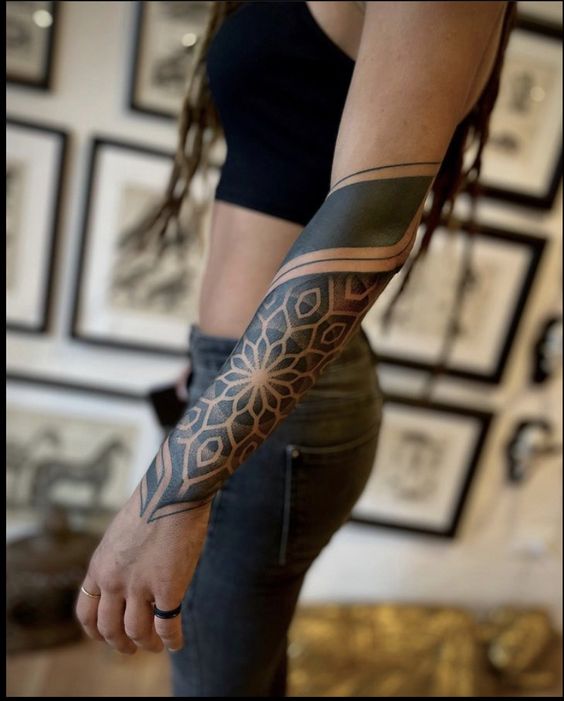
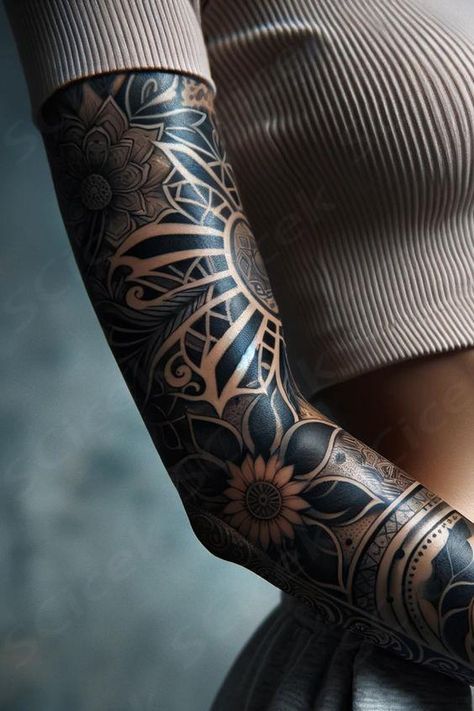
For those opting for bold artistic expressions, sleeves and large-scale works are exceptional choices. These tattoos cover significant portions of the body and allow for creativity.
- A sleeve can incorporate various elements, such as flower tattoos, tribal designs, or abstract patterns.
- This type of work requires careful planning and coordination of themes and colors to ensure a seamless flow.
- Pain levels may vary based on the chosen placement, with some areas being more sensitive.
Choosing the right placement and size not only enhances the tattoo’s impact but also aligns with personal preferences and lifestyle choices.
Personal Expression and Identity
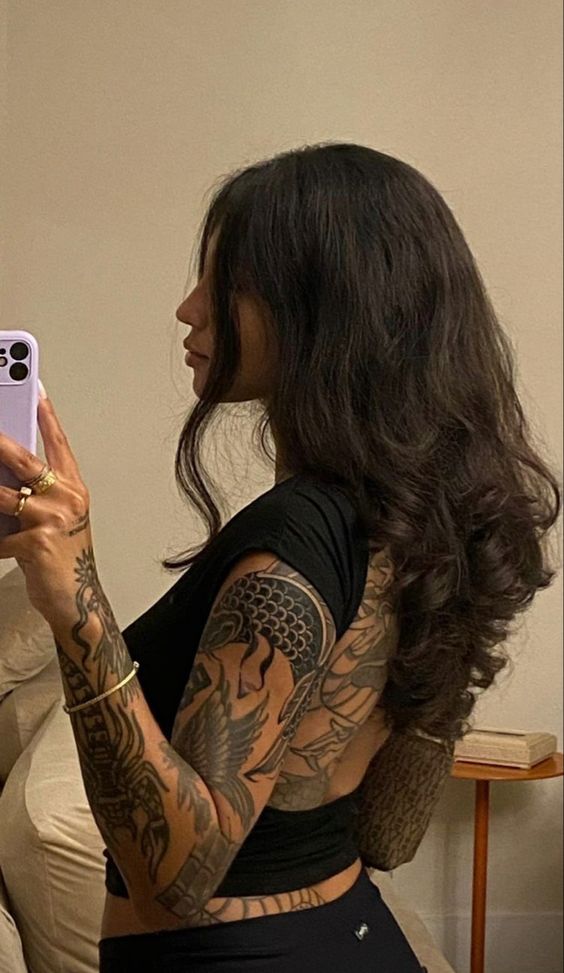
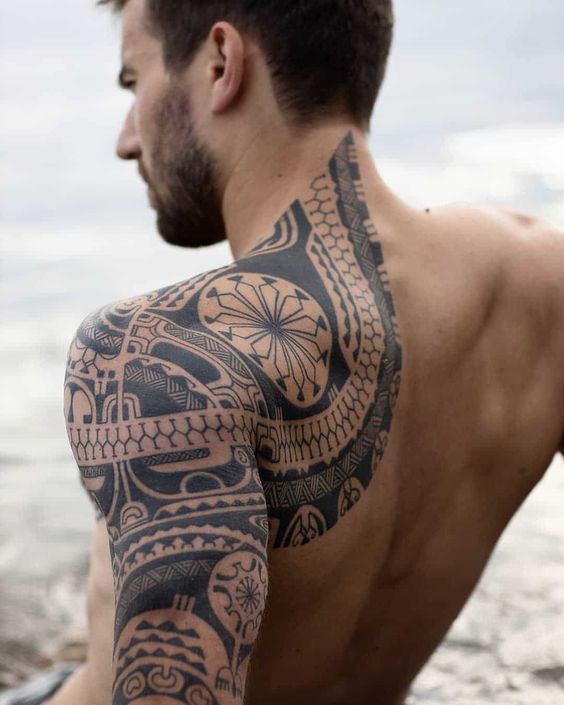
Tattoos serve as powerful tools for individual expression and can embody personal identity. Each design can tell a unique story, reflecting an individual’s beliefs, experiences, and social affiliations.
Tattoos as a Form of Self-Expression
Tattoos can articulate an individual’s personality and life journey. For many, they serve as visual narratives representing significant life events or passions. For example, a music tattoo might showcase a favorite band or song, communicating a person’s relationship with music.
Similarly, designs like an arrow tattoo can symbolize direction in life, suggesting strength and perseverance. People choose tattoos to express beliefs or emotions, utilizing art to express concepts that words sometimes cannot convey.
Symbolic and Meaningful Tattoos
Much of tattoo culture focuses on the symbolism inherent in designs. A common tattoo, the cross tattoo, often reflects faith or spirituality. It serves as a reminder of one’s beliefs and values.
Other tattoos might draw from personal experiences or cultural heritage, imbuing deep meaning into the artwork. The choice of symbols can create connections to family, friends, or significant life events, allowing wearers to showcase what matters most to them.
Tattoos in the Professional Sphere
Workplaces are increasingly adapting to the prominence of tattoos. While some industries still hold conservative views, many now embrace body art as an expression of individuality. Roles in creative fields often encourage personal expression through tattoos.
Conversely, in more traditional sectors, such as finance or law, people may need to consider visibility and design. Choosing subtle designs or placing tattoos in less visible areas can help balance personal expression while adhering to professional standards.
Tattoo Trends and Social Influence


Tattoo designs are increasingly shaped by media portrayals and celebrity endorsements. Unique tattoos are gaining traction, reflecting personal expression and individuality.
Influence of Media and Celebrities
Media plays a significant role in shaping tattoo trends. TV shows like Ink Master and Tattoo Fixers highlight tattoo artistry, making it more accessible and celebrated. Social media platforms, especially Instagram, allow users to share their ink, creating viral trends.
Celebrities such as Rihanna and Justin Bieber sport distinctive tattoos, influencing fans and followers. This visibility encourages people to seek inspiration from their favorite stars. Additionally, tattoo artists who collaborate with celebrities often gain recognition, leading to a surge in their client base.
Rising Popularity of Unique Tattoos
There is a marked shift towards unique tattoos that emphasize personal narratives. Many individuals are moving away from generic designs to custom pieces that hold special meaning. This trend can be attributed to increasing cultural acceptance of tattoos as forms of self-expression.
Unique tattoos often feature intricate details that tell a story, such as family portraits or nature-inspired designs. They can also incorporate elements like watercolor styles or geometric patterns. As people prioritize individuality, tattoo artists are adapting by offering personalized consultations to create bespoke artwork.
Social Connections Through Tattoos
Tattoos serve as powerful symbols of connection among individuals, often representing friendships, romantic partnerships, and familial ties. These body art forms create visible affirmations of relationships, strengthening bonds among those who share meaningful designs.
Friendship and Group Tattoos
Friendship tattoos reflect the deep connections between friends, often featuring matching symbols or quotes that embody their shared experiences. Popular choices include small icons, initials, or meaningful phrases that signify their bond.
For example, best friend tattoos might include complementary designs, such as puzzle pieces or yin-yang symbols, representing how friends complete each other. Sister tattoos often focus on shared background elements or family symbols, creating an enduring reminder of their unique relationship.
These tattoos emphasize loyalty and commitment within friendships, acting as permanent reminders of shared memories.
Couple and Relationship Tattoos
Couple tattoos symbolize love and commitment, designed to celebrate romantic relationships. Many choose to ink significant dates, initials, or interlocking designs that illustrate their unity.
Hearts, infinity symbols, and meaningful quotes often find their way into these personal designs, reflecting shared values or experiences. Some couples opt for matching tattoos that depict something significant to their relationship—for instance, a quote that resonates with both partners.
Couple tattoos can serve as a lasting testament to their love story, although it’s essential for both individuals to consider the permanence of this art.
Family Bonds and Heritage Tattoos
Family tattoos often celebrate lineage, cultural heritage, or personal connections among relatives. Common designs include family crests, coordinates of significant places, or symbols representing specific familial values.
For instance, many opt for tattoos that honor parents or siblings by integrating elements that symbolize familial traits or shared experiences. Roots or tree designs can illustrate familial connections spanning generations.
Taking pride in one’s heritage, individuals might choose symbols that reflect their cultural backgrounds, establishing a strong identity that connects them to their roots.
Choosing Lettering and Typography
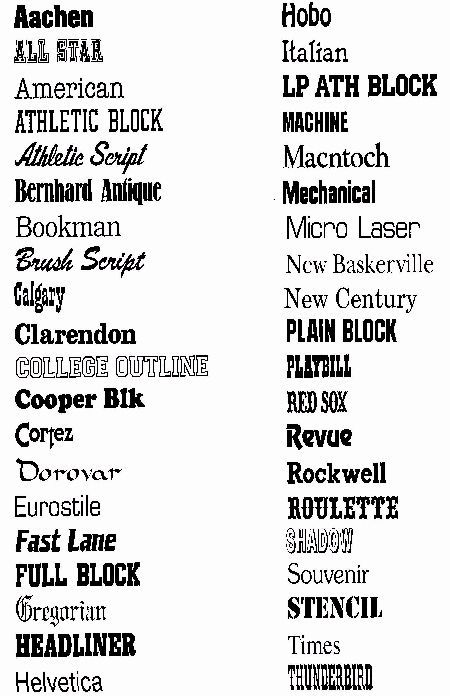
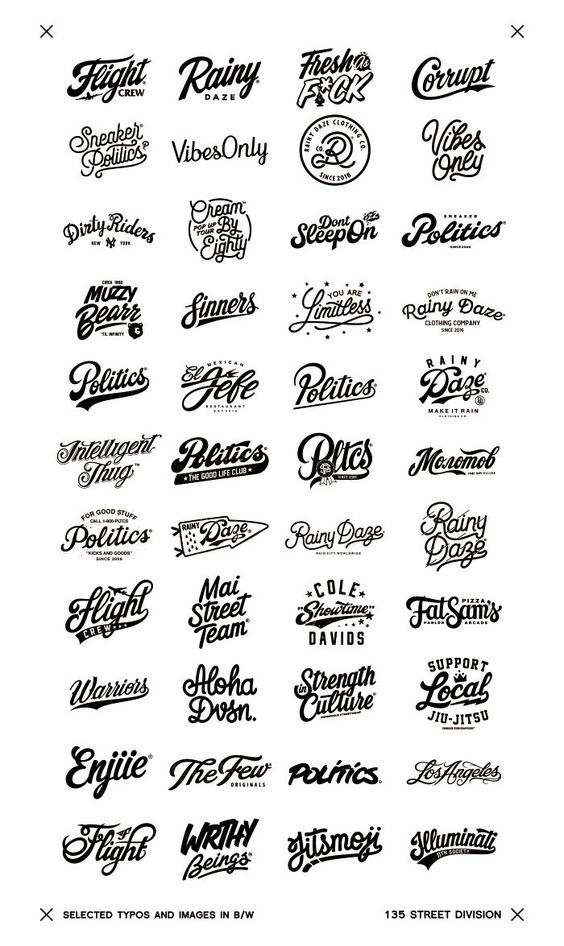
When selecting lettering and typography for a tattoo, it is crucial to consider both aesthetics and personal meaning. This choice will impact the tattoo’s appearance and the emotions it evokes. The following aspects provide guidance for making informed decisions.
The Art of Lettering Tattoos
Lettering tattoos are an expressive way to showcase thoughts and feelings. The style of lettering can drastically change the tattoo’s vibe. Popular styles include cursive, block letters, and script.
Choosing a font that resonates with the intended message is vital. For example, a flowing script might convey elegance, while bold block letters can signify strength.
Moreover, size can be adjusted to enhance visibility. Larger fonts may capture attention quickly, while smaller letters can create a more delicate appearance.
When partnering with a tattoo artist, bring reference examples. This helps communicate the desired style effectively. A skilled artist can also provide insights on how different fonts will translate onto skin.
Incorporating Quotes and Words
Quote tattoos serve as a powerful reminder of personal beliefs or experiences. Selecting the right quote involves considering its relevance and emotional weight. Short, impactful lines tend to work best for tattoos.
When integrating text into a design, think about placement. Words can encircle an image, create a banner, or stand alone. Each approach offers different visual effects.
Ensuring readability is essential. Choose a font that maintains clarity at various sizes. Italic fonts may offer elegance, but they can also make reading difficult in small sizes.
Ultimately, the tattoo should reflect the individual’s personality. Collaborating with the tattoo artist to design a unique lettering style can enhance the tattoo’s significance and aesthetic appeal.
Tattoo Aftercare and Maintenance
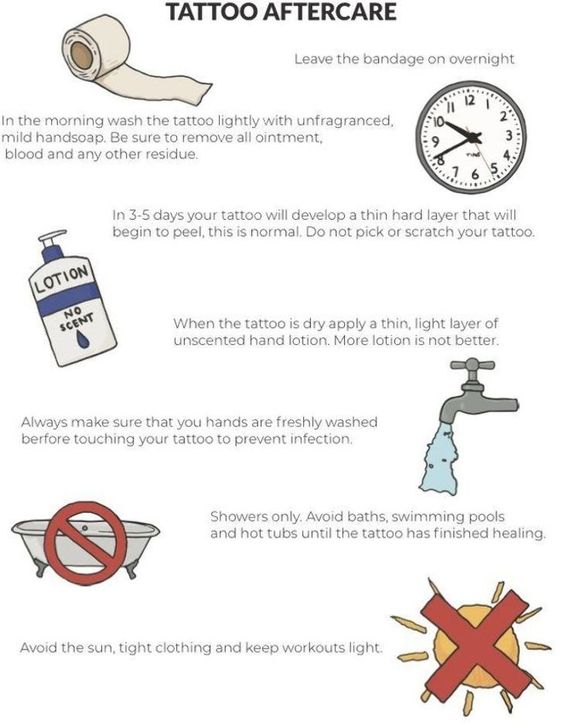
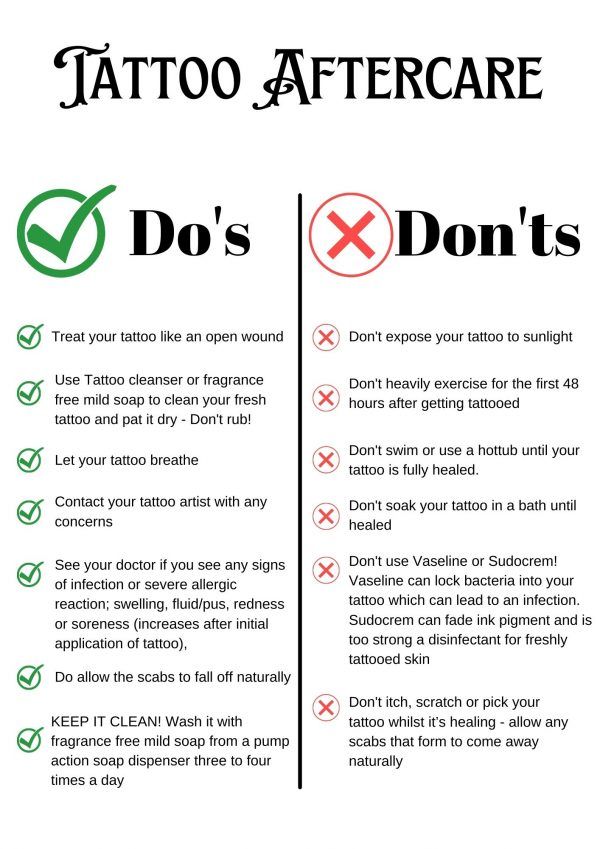
Proper aftercare is crucial for healing and preserving the quality of a tattoo. Following the right steps ensures that the design remains vibrant and minimizes the risk of infection or irritation.
Immediate Aftercare Tips
After leaving the tattoo studio, the artist typically covers the tattoo with a bandage or plastic wrap. This barrier protects the area from bacteria and debris for the first few hours.
Once the initial covering is removed, gently wash the tattoo with mild, fragrance-free soap and lukewarm water. Pat dry with a clean towel; do not rub the area.
Applying a thin layer of unscented moisturizer or tattoo-specific ointment is essential. This helps keep the skin hydrated, promoting proper healing. Avoid soaking in water and strenuous activities for at least two weeks.
Long-Term Care for Tattoo Longevity
Long-term care begins once the tattoo is fully healed, which typically takes 2-4 weeks. To maintain color and detail, it’s crucial to keep the skin moisturized.
Sunscreen is essential for protecting the tattoo from UV damage. A broad-spectrum SPF of 30 or higher should be applied when exposed to sunlight.
In addition to sunscreen, regular moisturizing can keep the skin in good condition. This helps the tattoo look vibrant for years.
Avoid harsh chemicals and long exposure to water. Products with alcohol, exfoliating cleansers, or chlorine can damage the tattoo. Regular touch-ups may be necessary to keep the design looking fresh.
Frequently Asked Questions
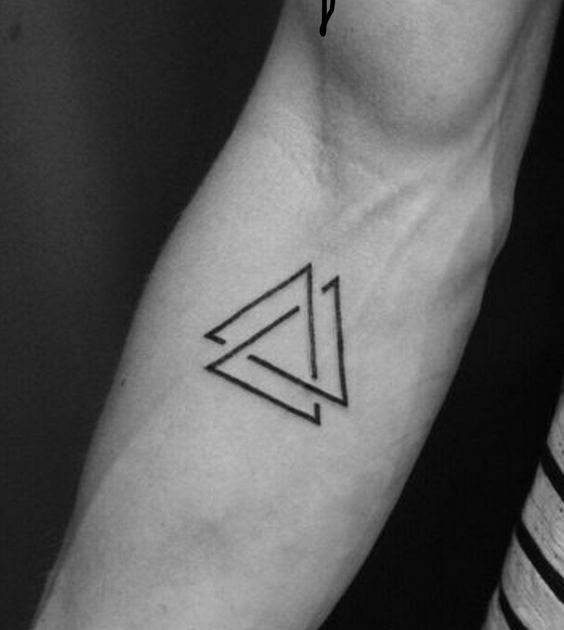
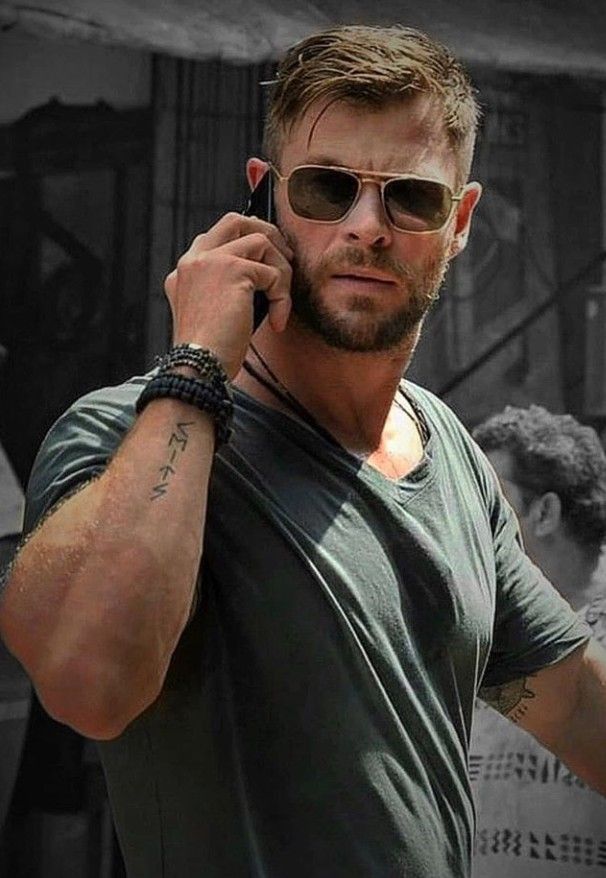
Choosing a tattoo design involves personal reflection and understanding of popular trends. This collection of questions addresses common inquiries regarding tattoo designs and their care.
How can I choose a tattoo design that best represents me?
To choose a tattoo design that reflects individuality, one should consider personal interests, experiences, and values. Imagery that resonates on an emotional or aesthetic level can create a meaningful connection. Sketching ideas and discussing them with an artist can also help clarify preferences.
What are some popular tattoo designs for men?
Common tattoo designs for men include tribal patterns, skulls, and animal motifs, such as lions or wolves. These designs often symbolize strength, bravery, or personal stories. Geometric shapes and sleeve tattoos are also gaining popularity for their versatility and artistry.
What trends are currently popular in tattoo designs for women?
Current popular tattoo trends for women feature floral designs, delicate line work, and minimalist symbols. Watercolor tattoos are also favored for their vibrant colors and artistic flair. Personalization through unique wording or small, meaningful icons is a common trend among women tattoo enthusiasts.
Are simple tattoo designs better for first-timers?
Simple tattoo designs are often recommended for first-timers due to their lower visibility during healing and less discomfort. They can also be easier to expand upon later if desired. Opting for a straightforward design can reduce anxiety and create a more enjoyable first experience.
How do I care for a new tattoo to ensure proper healing?
Proper care for a new tattoo includes cleaning the area gently with mild soap and water. Applying a thin layer of unscented moisturizer helps keep the skin hydrated. Avoiding sun exposure, swimming, and tight clothing on the tattooed area is crucial during the healing process.
Can you provide guidance on incorporating names into tattoo designs?
Incorporating names into tattoo designs can be done creatively by integrating them with other imagery or styles. Script fonts, ornamental elements, or symbols related to the name’s significance can enhance the design. Personal touches, such as dates or initials, can also add depth to the tattoo.
- 133shares
- Facebook0
- Pinterest130
- Twitter3
- Reddit0


